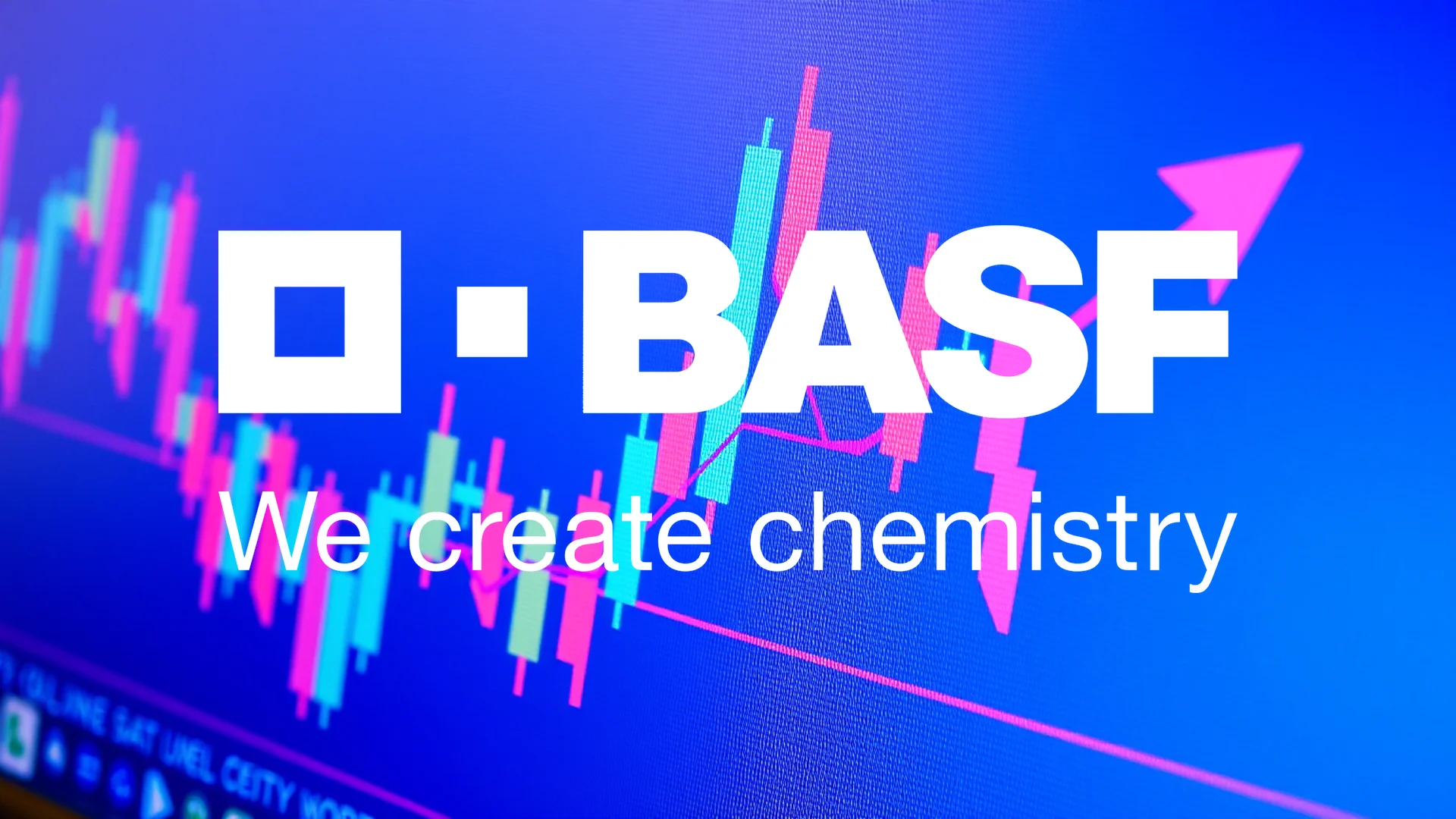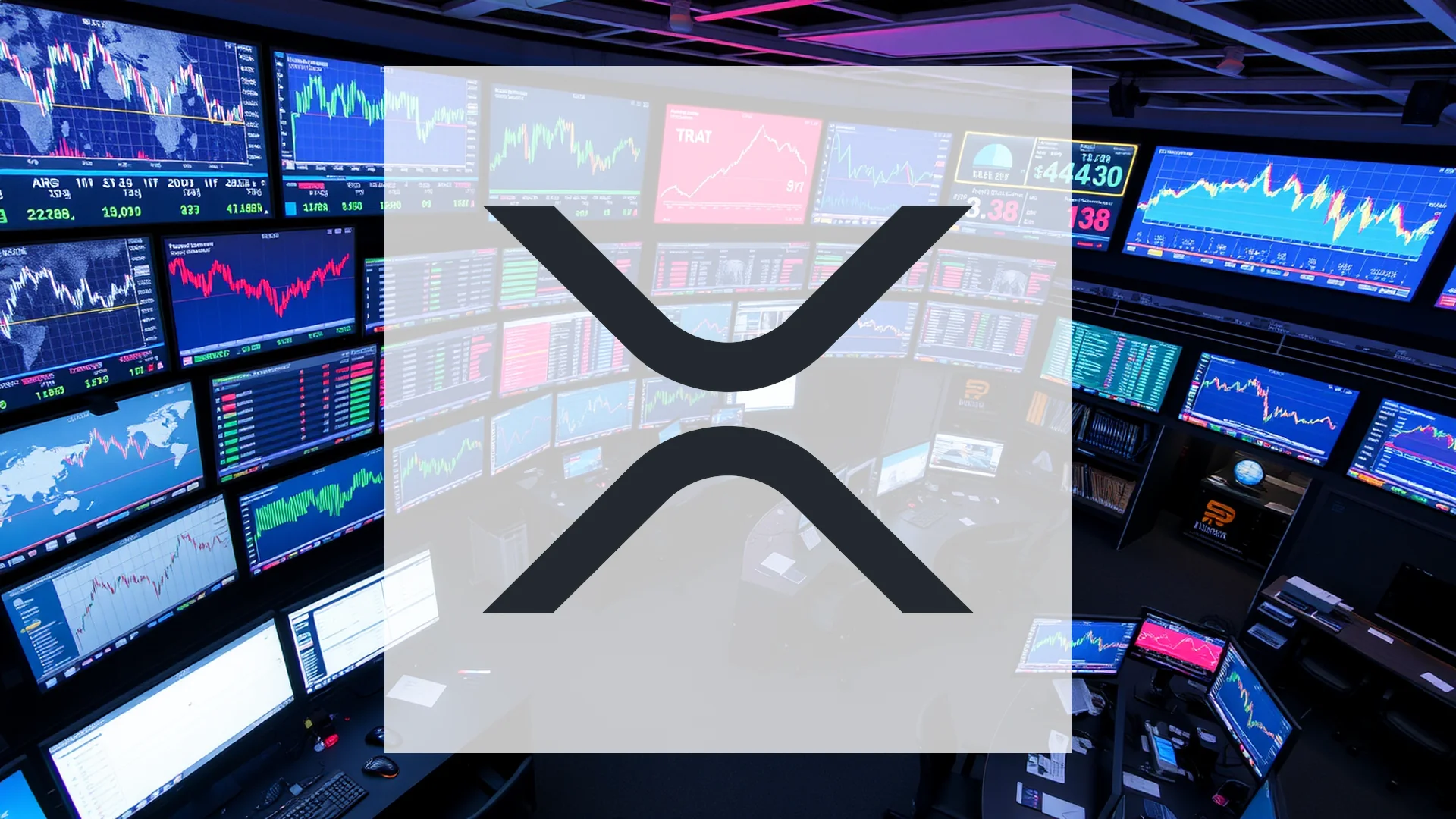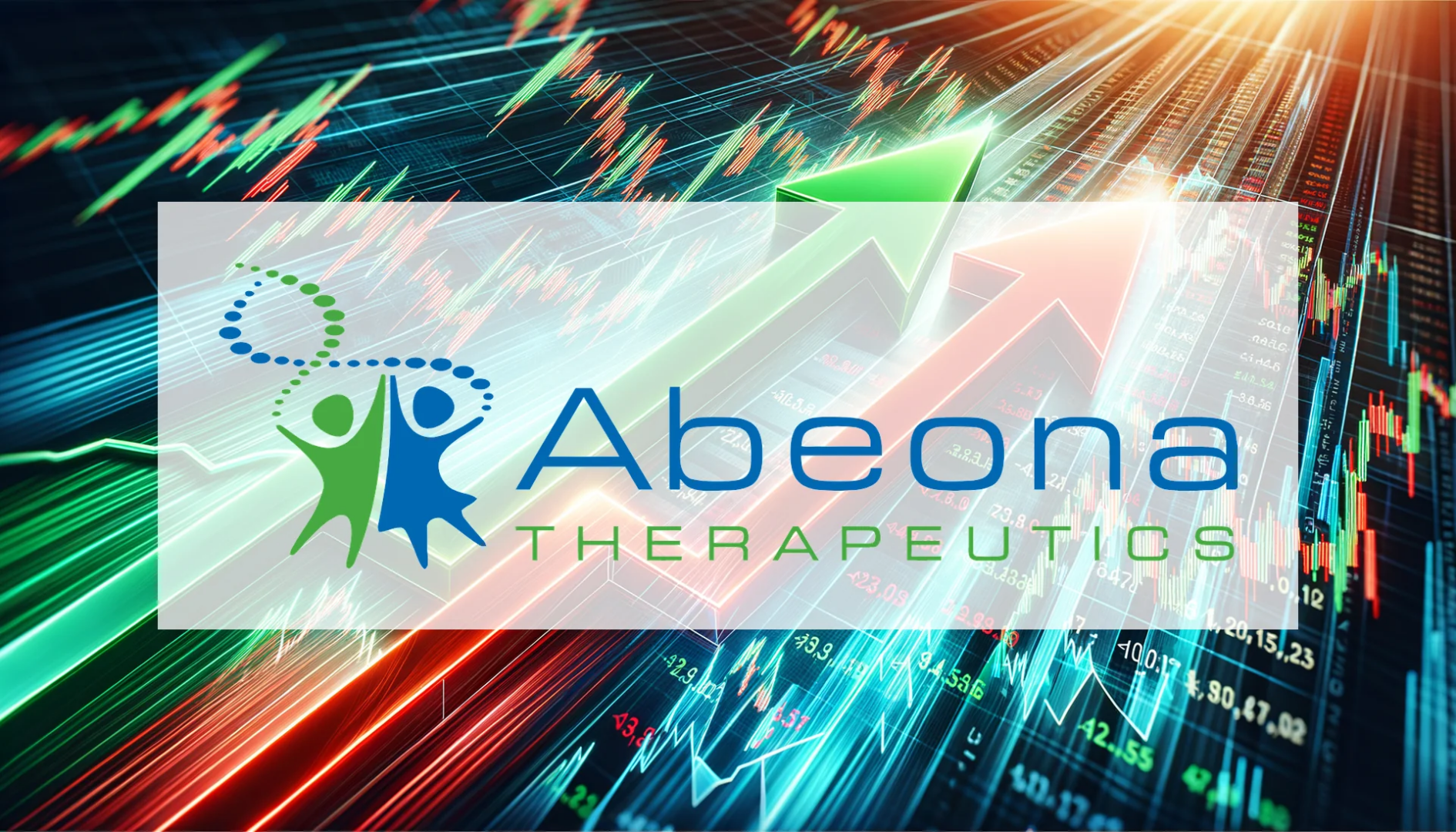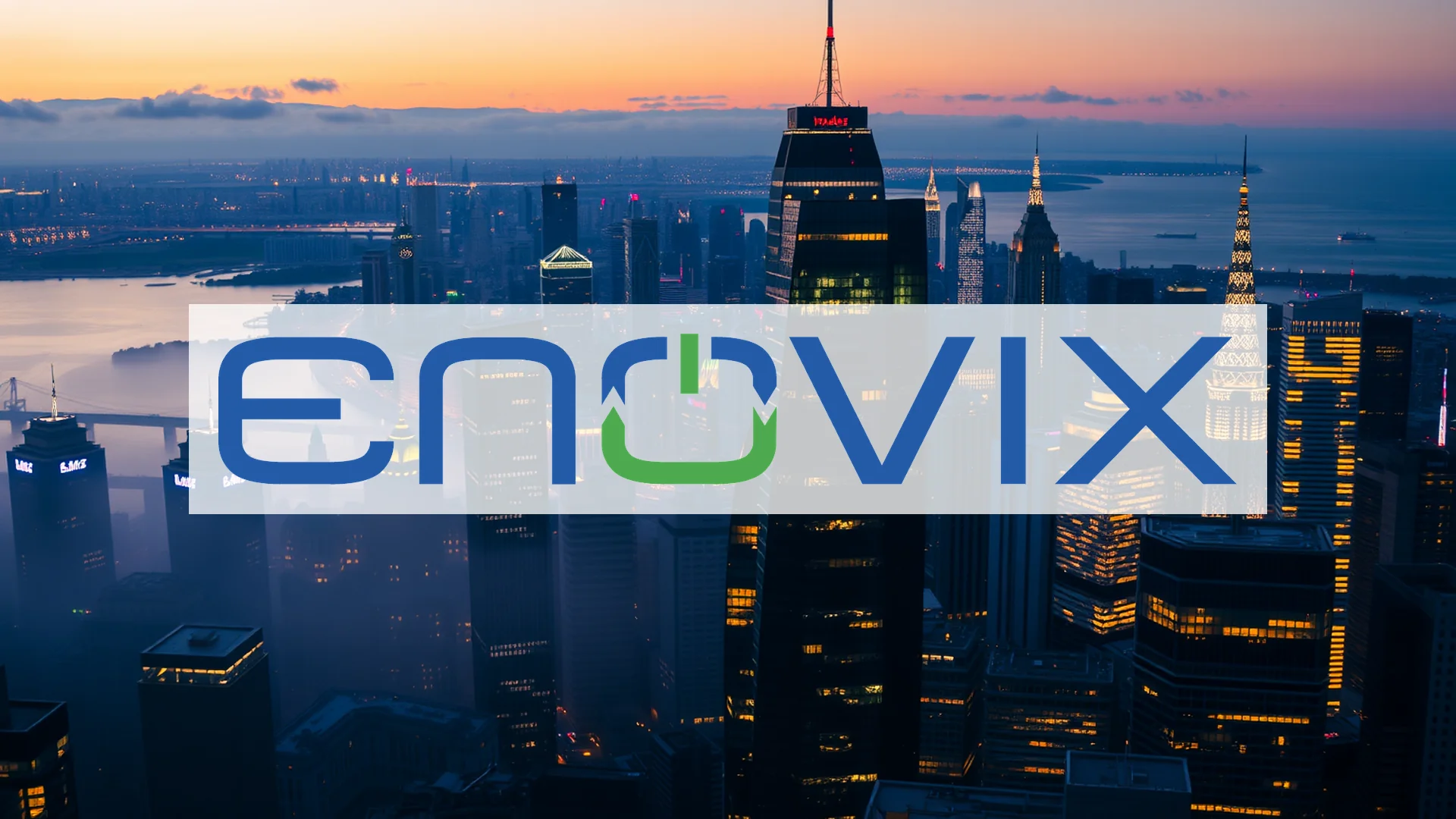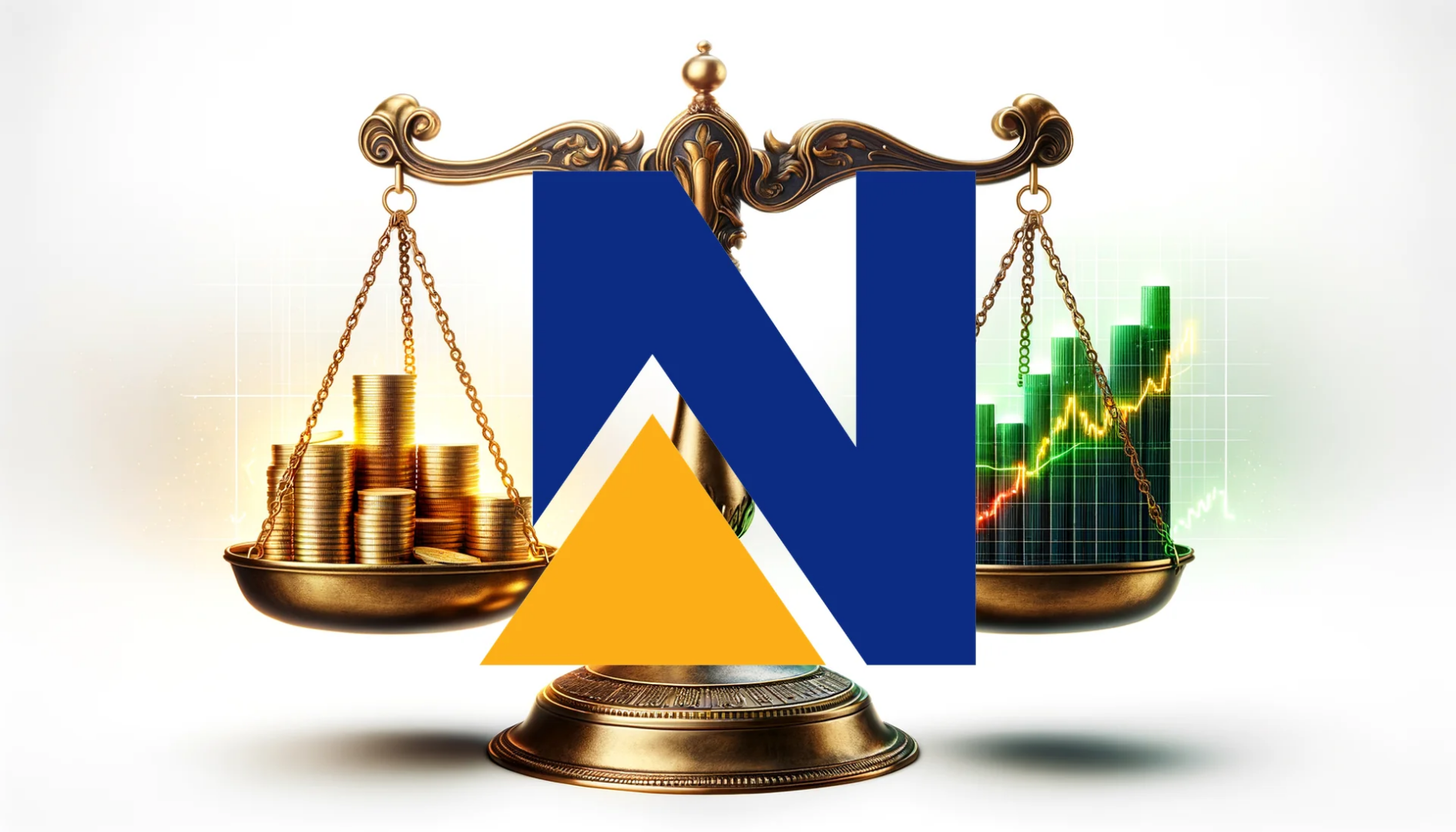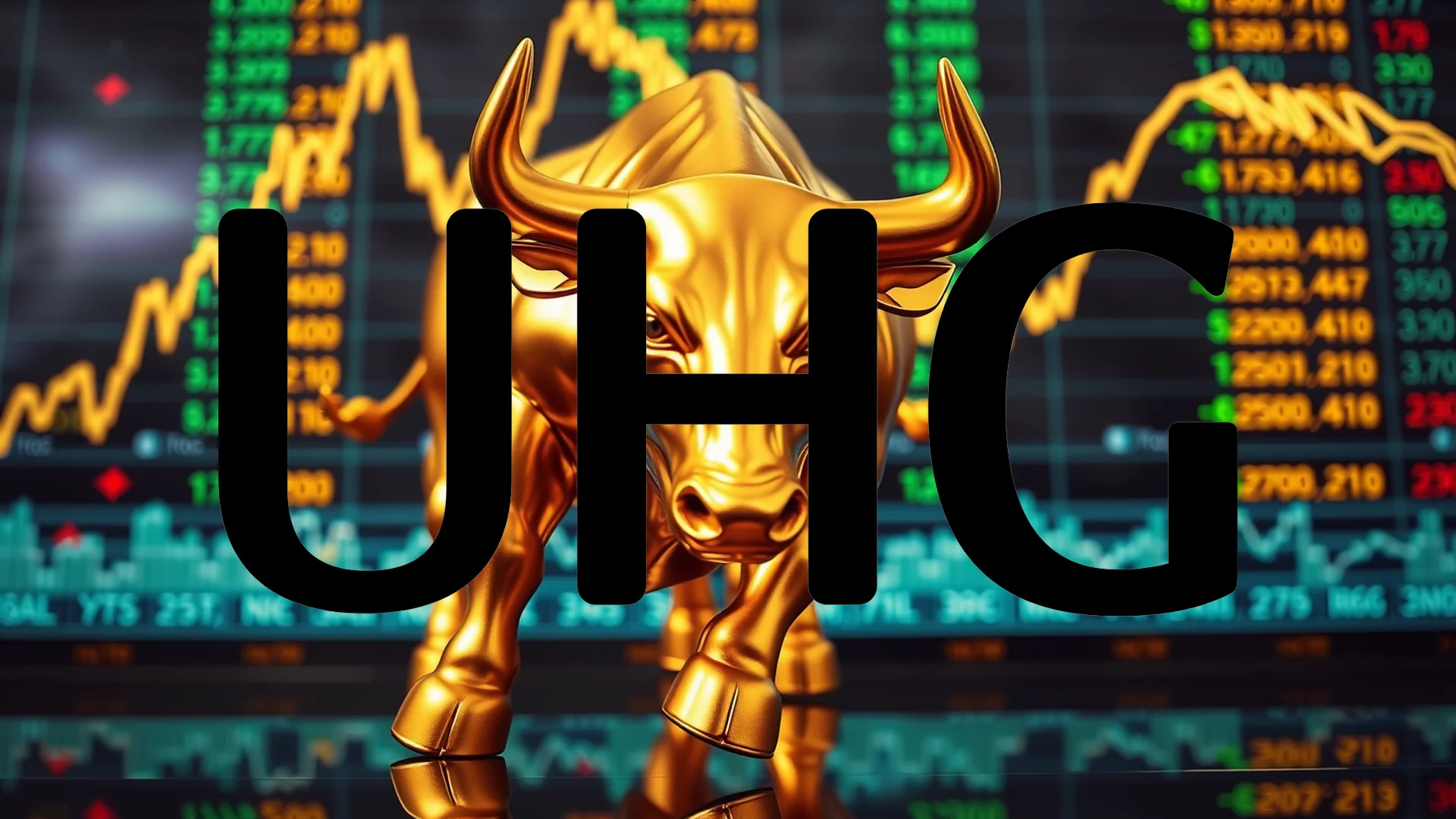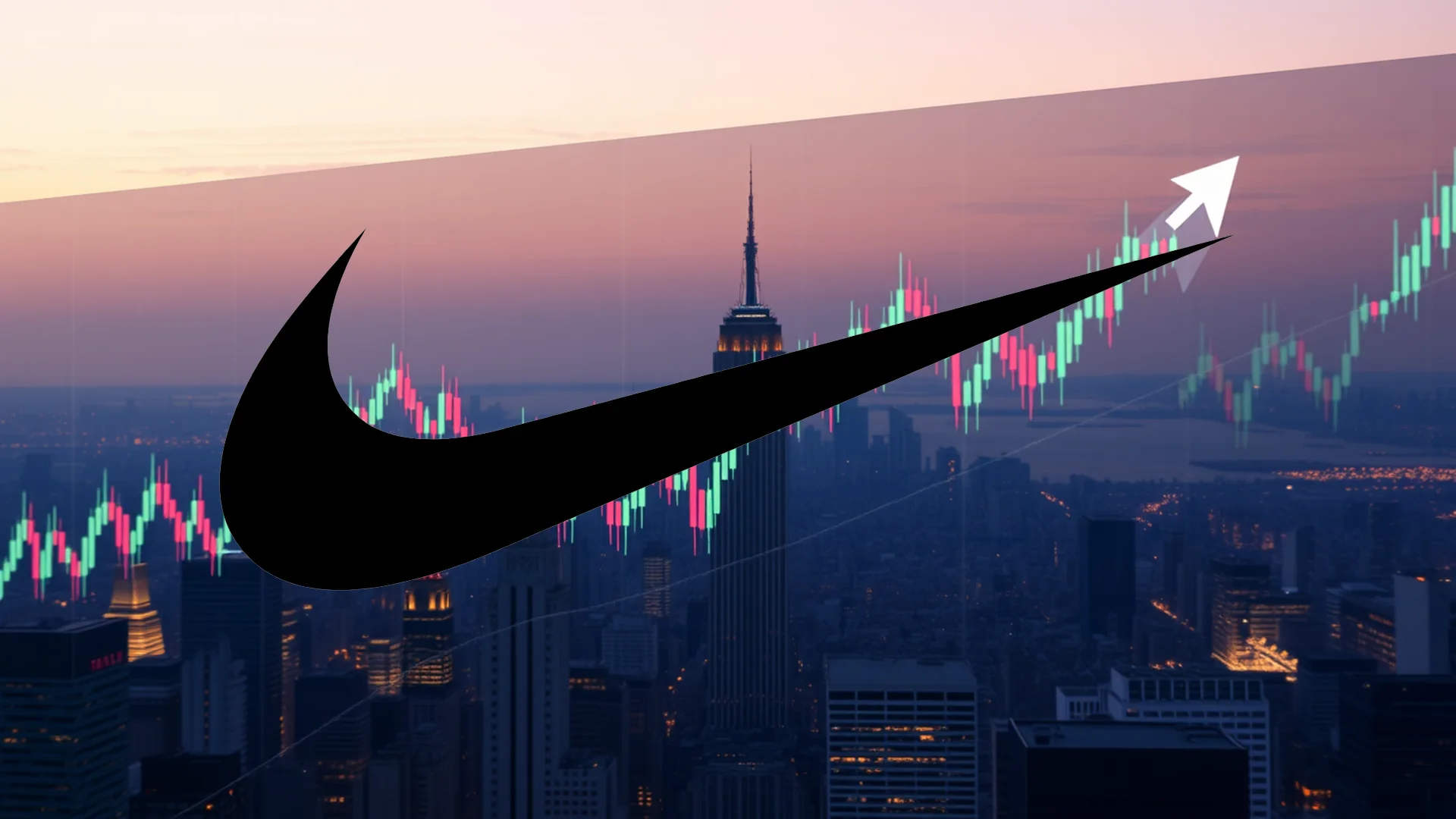Within Germany’s prestigious chemical industry, two distinct competitors present investors with fundamentally different value propositions. On one side stands BASF, the undisputed global behemoth with comprehensive operations spanning multiple sectors. On the other emerges Covestro, a specialized contender concentrating exclusively on advanced polymer materials. This contrast between diversified stability and focused growth potential creates a compelling investment dilemma.
Market Position and Strategic Focus
The disparity in scale between these companies becomes immediately apparent when examining their market valuations. BASF commands an impressive market capitalization of approximately €39 billion, towering over Covestro’s €11.3 billion valuation. This makes the industry giant more than three times larger than its specialized counterpart.
This size differential reflects their fundamentally different business approaches. BASF operates as a fully integrated chemical conglomerate with an exceptionally diverse product range that includes basic chemicals, plastics, agricultural solutions, and battery materials. This extensive diversification provides natural risk mitigation, insulating the company from downturns affecting specific customer industries.
Covestro pursues a contrasting strategy as a pure-play specialist in high-tech polymer materials. While this focused approach can generate superior growth dynamics during expansion phases in its core markets, it simultaneously exposes the company to heightened vulnerability during demand weakness in these same segments.
The Strategic Advantages of Scale
BASF’s enormous size translates into significant competitive benefits. The corporation leverages substantial economies of scale across production, logistics, and procurement operations. Central to this operational efficiency is its integrated “Verbund” concept, where production facilities are intelligently interconnected. This system facilitates energy and raw material recycling while minimizing waste generation.
This operational excellence grants BASF considerable pricing influence across numerous product categories. When challenges emerge in one sector—such as automotive industry weakness impacting surface technologies—strength in another area like agricultural solutions can provide offsetting balance.
For investors prioritizing security, this stability manifests clearly in income returns: BASF’s dividend yield recently stood above 5.3%, representing a clear advantage over Covestro, which currently distributes no dividends to shareholders.
| Metric | BASF | Covestro |
|---|---|---|
| Market Capitalization | Approx. €39 billion | Approx. €11.3 billion |
| Dividend Yield | Approx. 5.3% | 0.00% |
| Business Focus | Broad diversification | Polymer specialist |
Agility as Competitive Strategy
Where BASF competes through scale, Covestro emphasizes agility and innovation within its specialized domain. As a focused producer of polycarbonates and polyurethanes, the company can direct research efforts more precisely toward technological advancement. Covestro serves as a critical supplier to several megatrends, including electric mobility and energy-efficient construction.
If BASF represents a massive tanker requiring significant distance to alter course, Covestro functions more like a speedboat capable of rapid directional changes. This flexibility extends to its leaner cost structure, which avoids the administrative overhead necessary to manage BASF’s vastly diversified portfolio.
Persistent acquisition speculation further underscores Covestro’s strategic value. Ongoing discussions with ADNOC have injected additional potential upside into the investment thesis for Covestro shares.
Recovery Prospects and Market Dynamics
Two critical factors will likely determine how this competitive duel evolves: market share development and profitability trends. The key question remains whether Covestro can capture additional market share within its core segments, which would signal technological leadership.
Even more crucial will be margin trend comparisons. Historically, BASF has benefited from the stability of its integrated value chain. However, should Covestro demonstrate an ability to sustainably expand margins through innovation, this would represent a powerful signal to the market.
Currently, both companies are experiencing below-average margins due to challenging economic conditions, significantly increasing their turnaround potential should a broader economic recovery materialize.
Potential Market Scenarios
The Continuation Scenario: The global economy experiences only gradual improvement. In this environment, BASF’s strengths come to the forefront—broad diversification stabilizes earnings, while the substantial dividend provides downside protection. Covestro continues facing demand challenges from construction and automotive sectors, making BASF the preferred choice for conservative investors.
The Recovery Scenario: A robust global economic rebound triggers surging demand for plastic materials. Covestro benefits disproportionately due to its concentrated market position. High operational leverage enables significantly faster margin recovery compared to the more broadly positioned BASF, resulting in notable share price outperformance.
The Acquisition Scenario: Takeover discussions surrounding Covestro reach conclusive stages, generating substantial price premiums. This situation offers the greatest short-term appreciation potential for Covestro shareholders, though it remains inherently speculative.
Investment Conclusion: Security Versus Opportunity
The choice between BASF and Covestro ultimately reflects investor temperament and risk tolerance. BASF represents the conservative option for those prioritizing stability, dividend income, and market dominance. Its diversified structure and reliable dividend yield provide security during uncertain market conditions.
Conversely, Covestro offers a strategic wager on economic recovery and the innovation capacity of a specialized market participant. The potential acquisition by ADNOC adds an additional element of possible valuation expansion. Investors willing to accept higher risk in anticipation of the next growth cycle may find more attractive opportunity here.
In the current market phase, BASF appears better positioned. However, should economic conditions improve decisively, the agile specialist could potentially challenge the industry titan for investor attention and capital.
Ad
BASF Stock: Buy or Sell?! New BASF Analysis from December 13 delivers the answer:
The latest BASF figures speak for themselves: Urgent action needed for BASF investors. Is it worth buying or should you sell? Find out what to do now in the current free analysis from December 13.
BASF: Buy or sell? Read more here...

